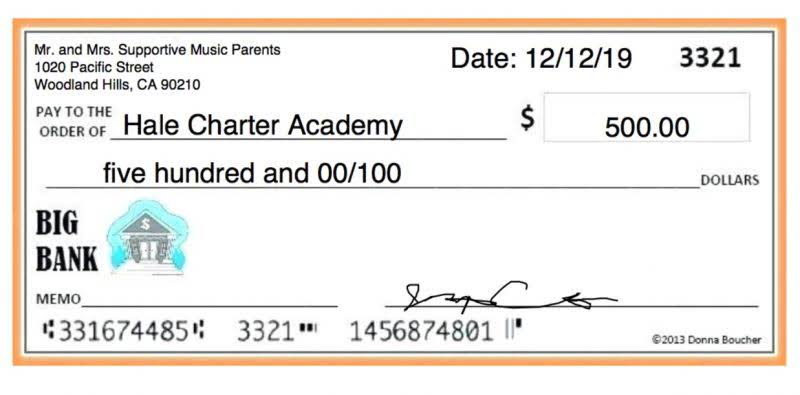
Payroll accrual can take into account many different sources of expenses for businesses. This might be employee salaries, health care benefits, payroll taxes, or Social Security. To keep tabs on accrued payroll and gain insight into your business’s finances, keep in mind these sources of payroll accrual.
To calculate the accrual amount, simply multiply your employee’s hourly wage by the number of unpaid hours. For salaried employees, you multiply the employee’s daily wage rate by the number of unpaid days in the month. Manual payment entries are simpler than initial recordings since there’s no liability stage. Well, recording a payroll journal entry is kind of like that. Be sure to differentiate between employee contributions to Federal Insurance Contributions Act (FICA) taxes and employer contributions to FICA taxes.
What is Included in Payroll Accrual?
Employee FICA tax on this amount is $5,737.50, and employees have opted to have income tax withholdings of $3,680. Keeping track of your organization’s spending is fundamental to managing resources successfully. To balance this expense, you’d pay $1,500 as credit or cash asset (accounts payable).

In these initial entries, you also record any employment taxes you owe. Your bookkeeper or CPA can then do what they do best and make sense of your payroll accounting entries to make sure your expenses get recorded in the period they’re incurred. When your pay periods don’t align perfectly with your accounting periods, you can use accrual entries to record pay in the month it’s incurred.
What is a payroll journal entry?
An entry to accrued payroll is necessary when an employee has earned part of their salary but it will not be paid until the following month. This is common when there is a difference between the calendar month end and the routine payroll schedule. When this occurs, the entry will be a debit to payroll expense (since the employee worked) and a credit to accrued payroll. The federal unemployment tax is applicable at the rate of 6% only to the first $7,000 of each employee’s annual wages. A maximum credit of 5.4% is applicable in relation to the state unemployment taxes paid. Instead, the clerk can estimate hours worked based on historical records of hours worked per day, or the standard number of working hours per day.

Streamlining your accounts with these non-negotiable elements could be the difference between a quarter on Cloud 9 or ripping your hair out in frustration. A company may occasionally print manual paychecks to employees, either because of pay adjustments or employment terminations. First is the employee-paid taxes, which come out of your employee’s paycheck.
Practical tips for recording payroll entries efficiently
Keeping up with a journal entry for every employee can be challenging, which is why many employers have begun opting for automated payroll management solutions. Using debits and credits for payroll accounting can seem confusing at first. However, they are useful tools that accrued payroll help you keep track of one of your biggest expenses. Not to mention, you can use them to see which payroll expenses have already been paid for and which ones you still owe. Sam won’t receive her gross wages since you must withhold a portion of her income for taxes.
This item is any money paid by the employer or organization to the government as taxes every year. Major kinds of taxes would be state income taxes, federal income taxes, state unemployment taxes, federal unemployment https://www.bookstime.com/ taxes, or taxes for health insurance or other premiums. Payroll journal entries are an effective way for organizations of any size to keep track of the gross wages of their staff and all compensation.
Primary Payroll Journal Entry
Susie’s gross wages to be paid on the first Monday in January is $1,600 ($600 hourly wages + $1,000 bonus). Let’s suppose she works 40 hours in the final week in December, which ends on a Friday. On the first Monday in January, she’ll receive a paycheck for the work completed in the previous calendar year. I use the accrual basis of accounting, so I must accrue payroll equal to her wages for the last week in December. For the example above, debit the payroll accrual account for $12,000. Recognize the payroll expense by posting the debit to the payroll expense account.

